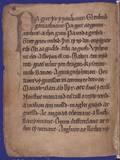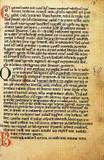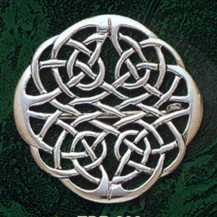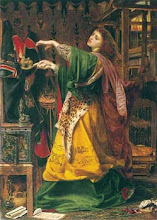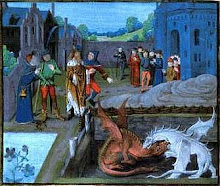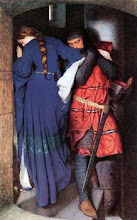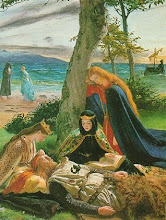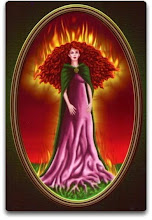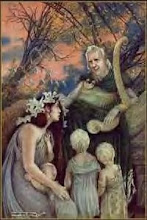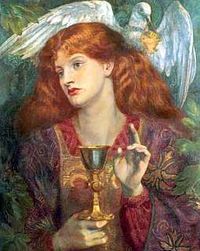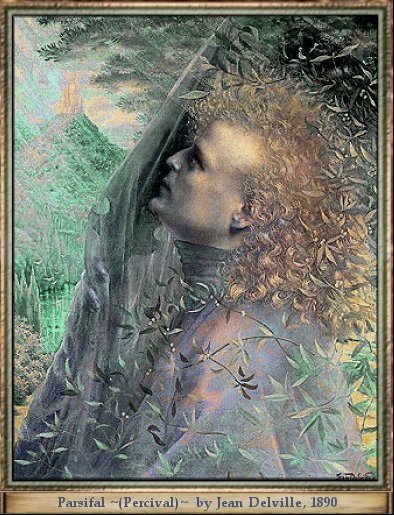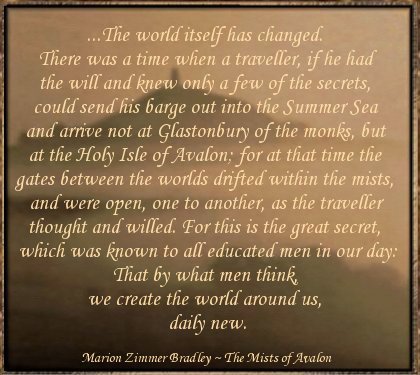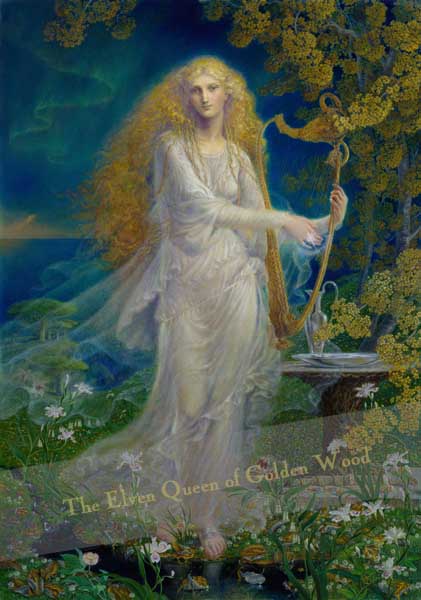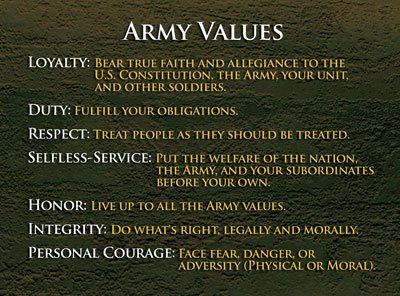The Eagle will be release 25 March 2011 (UK)
Plot Summary
The Eagle is a 2011 historical epic film directed by Kevin Macdonald, starring Channing Tatum, Jamie Bell, and Donald Sutherland. Adapted by Jeremy Brock from Rosemary Sutcliff's historical adventure novel The Eagle of the Ninth (1954), the film tells the story of a young Roman officer searching to recover the lost Roman eagle standard of his father's legion in the northern part of Great Britain. The story is based on the Ninth Spanish Legion's supposed disappearance in Britain.
Set in the year 140, twenty years after the Ninth Legion disappeared in the north of Britain, Marcus Flavius Aquila, a young Roman centurion, arrives in Britain to serve at his first post as a garrison commander. Aquila's father was the last to hold the eagle standard of the ill-fated legion, and Aquila hopes to redeem his family's honor by bravely serving in Britain. Shortly afterwards, only Aquila's bravery saves the garrison from being overrun by Celtic tribesman. He is decorated for his bravery but honorably discharged due to a severe leg injury.
Living at his uncle's estate near Calleva in southern Britain, Aquila has to cope with his military career having been cut short and his father's name still being held in disrepute. Heeding rumors that the eagle standard has been seen in the north of Britain, Aquila decides to recover it. Despite the warnings of his uncle and his fellow Romans, who believe that no Roman can survive north of Hadrian's Wall, Aquila travels north into the territory of the Picts, accompanied only by his British slave Esca. Esca, the son of a Brigantes chieftain, detests Rome and what it stands for, but also considers himself bound to his master, who saved his life during an amphitheater show.
After several weeks of traveling through the northern wilderness, Esca and Aquila encounter Guern, one of the survivors of the Ninth Legion, who attributes his survival on the hospitality of the Selgovae tribe. Guern recalls that all but a small number of deserters were killed in an ambush by the northern tribes, including Esca's Brigantes and that the eagle standard was taken away by the Seal People, the most vicious of the tribes. The two travel further north until they are found by the Seal People. Identifying as a chieftain's son fleeing Roman rule and claiming Aquila as his slave, Esca is welcomed by the tribe. After allowing the Seal People to mistreat Aquila, Esca eventually reveals that his actions were a ploy and helps his master to find the eagle. As they retrieve it, they are ambushed by several warriors, including the Seal Prince's father, but Marcus and Esca manage to kill them and escape with the eagle standard. With the aid of the Seal Prince's young son, Esca and Marcus manage to escape the Seal People's village.
The two flee south to reach Hadrian's Wall, with the Seal People in hot pursuit. Aquila, slowed by his old battle wound, orders Esca to take the eagle back to Roman territory and even grants the reluctant slave his freedom. Freed, Esca still refuses to abandon his friend and instead heads out to look for help. He returns with the survivors of the Ninth legion just as the Seal People catch up with them. The legionaries, wishing to redeem themselves, accept Aquila as their commander and prepare to defend the eagle standard. As an example to those who would betray their people, the Seal Prince kills his son in front of Esca, Marcus, and the legionaries, then orders his warriors to attack. A battle ensues, in which the Seal Prince and all his warriors are killed, but most of the Ninth Legion soldiers are also killed. After burying the fallen legionaries including Guern, Aquila, Esca, and the few survivors of the Ninth return to Roman territory, where Aquila delivers the eagle to the astonished governor in Londinium. There is talk of the Ninth legion being reformed with Aquila as its commander. Aquila and Esca then wonder what they will do next, and Aquila leaves the decision to his former slave.
Cast
- Channing Tatum as Marcus Aquila
- Jamie Bell as Esca
- Donald Sutherland as Aquila's uncle
- Mark Strong as Guern
- Tahar Rahim as Prince of the Seal People
- Denis O'Hare as Lutorius
- Douglas Henshall as Cradoc







